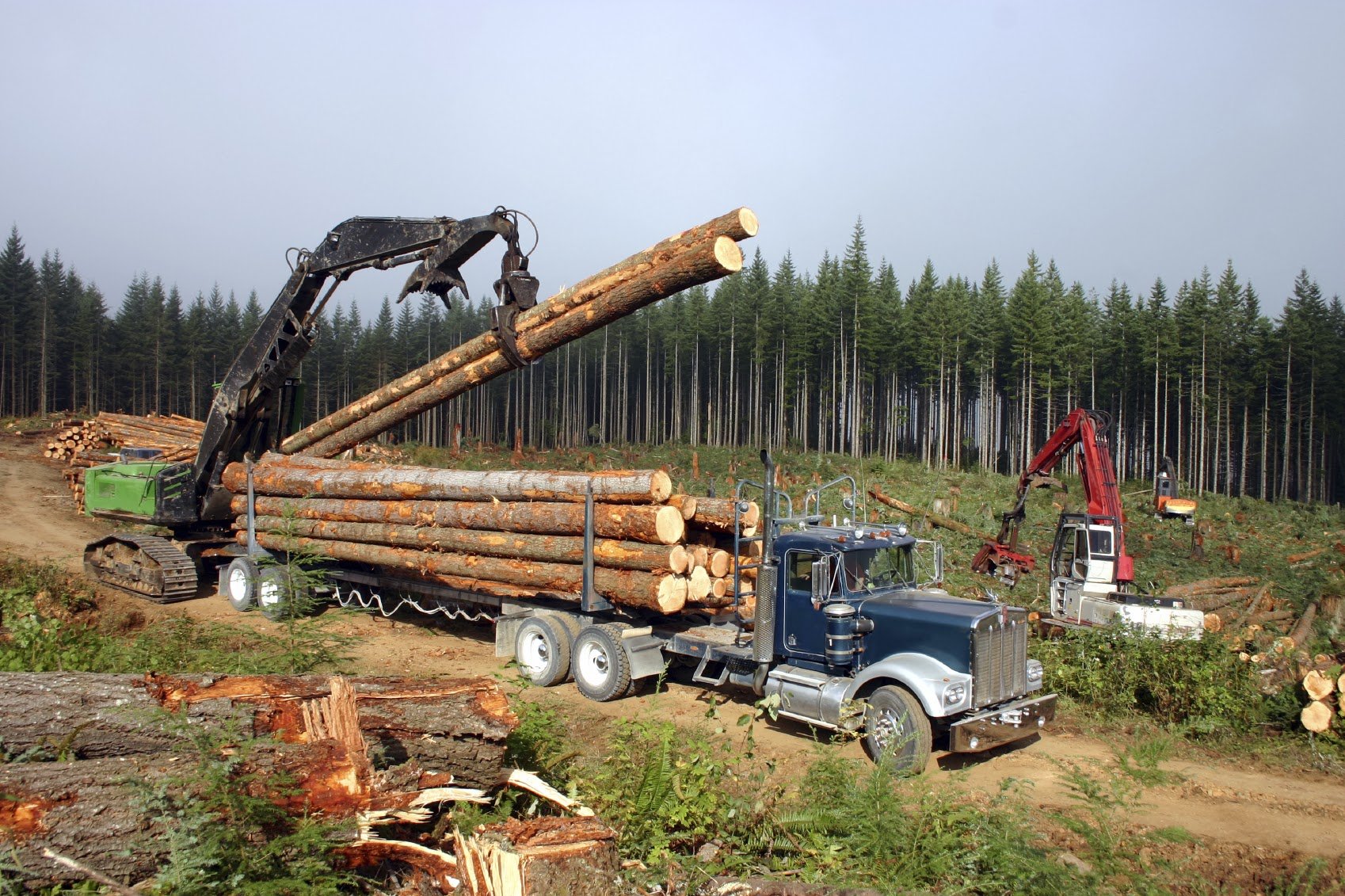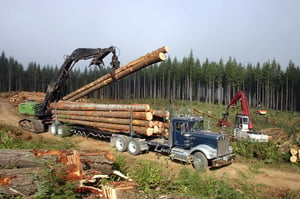2 min read
5 Causes of Price Variation: Stumpage Costs for Wood-Consuming Industries
 Joe Clark
:
January 12, 2016
Joe Clark
:
January 12, 2016

Regardless of location, wood feedstock costs are the largest variable costs of wood-consuming manufacturing projects. It is therefore imperative to have a firm understanding of stumpage prices in a supply region not only during a site selection process, but also as an ongoing operating cost within that supply region.
Stumpage price – the price paid to a landowner for the right to fell trees and remove them from the owners’ timberland – can vary dramatically across local wood basins. For example, within the US South, stumpage prices may vary significantly across state lines and even county to county within a relatively compact geographic proximity. An analysis of the timber sales data collected by Forest2Market indicates that increases and decreases in price are typically tied to one of five primary factors that affect stumpage prices.
-
Competition: Wood basins are generally small in size and consist of a handful of counties. Depending on whether timber is located in a highly competitive or a marginally-competitive area, pine sawtimber prices can vary by as much as $8-12 per ton. Forest products companies procure wood from as close to their mills as possible, sometimes paying higher stumpage prices in order to have lower delivery costs. As a result, pricing can vary greatly within a relatively compact geographic distance.
-
Inventory: Maintaining an adequate inventory level is vital to managing facility production, associated costs and overall supply chain productivity; optimizing this supply chain can save money and improve efficiencies. But when inventories run low, wood-consuming manufacturers are often forced to go out on the open market where they will pay a premium for wood, as this flexibility comes at a price. This strategy, while costly, ensures that a facility obtains the required volume to operate at its preferred production level. When mills are in a situation where they are paying a premium for wood, the loggers and wood dealers that supply the mill can pay higher stumpage prices to
 landowners.
landowners. -
Seasonality: Wet weather makes it difficult for loggers to supply as many loads of wood per day as they could during dry times. Timber stands that fall within the “wet weather tract” category can be harvested year round and, because of their accessibility, will earn higher premiums. When supply becomes constrained, prices increase. Loggers shift production efforts to wet weather tracts during months that typically see higher rainfall amounts, and wood-consuming facilities pay higher prices to maintain inventory levels.
-
Tract Size: The cost of transporting equipment from one tract to another is a major expense for loggers. Large size tracts of 200 acres or more give loggers the opportunity to increase their weekly production by harvesting and hauling more loads per day. For this reason, tracts with more volume and acreage will often secure price premiums.
-
Tree Size and Quality: Pricing can often appear product-based when, in fact, the size of the tree is what ultimately matters. In general, pine logs fall into the following size categories: 5”-7” diameter at breast height (DBH) is pulpwood, 8”-11” comprises chip-n-saw, and logs that are 12” and larger are considered sawtimber. The per-ton value of trees increases in conjunction with log size. For example, sawtimber with a DBH of 18" commands a higher price than 12" sawtimber.
These variables contribute to the complexity of the wood supply chain and marketplace. In order to understand market price, it is important to thoroughly examine these factors in light of both short- and long-term risks and opportunities.
Forest2Market has collected stumpage sales data, including price and volume by timber class (pulpwood, chip-n-saw, sawtimber, etc.), weather conditions, tract size and timber quality for 15 years. Our goal is to provide data-backed, accurate information and forecasting services to those who make decisions within the forest supply chain. Learn more about our timber price services and economic outlook forecasting services.






